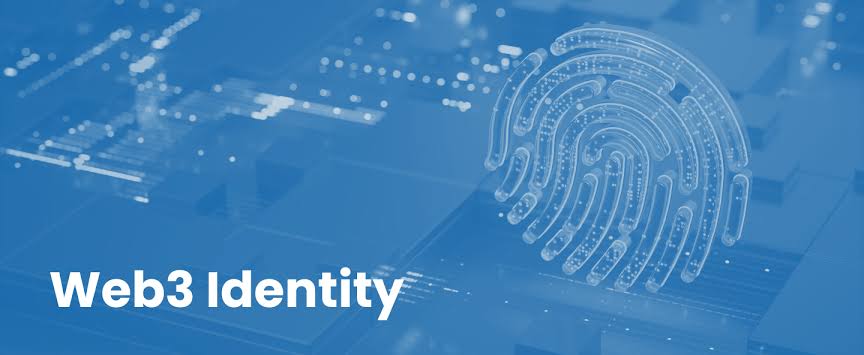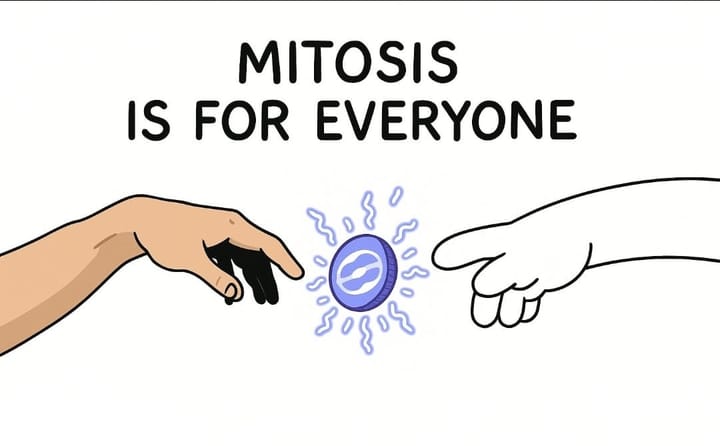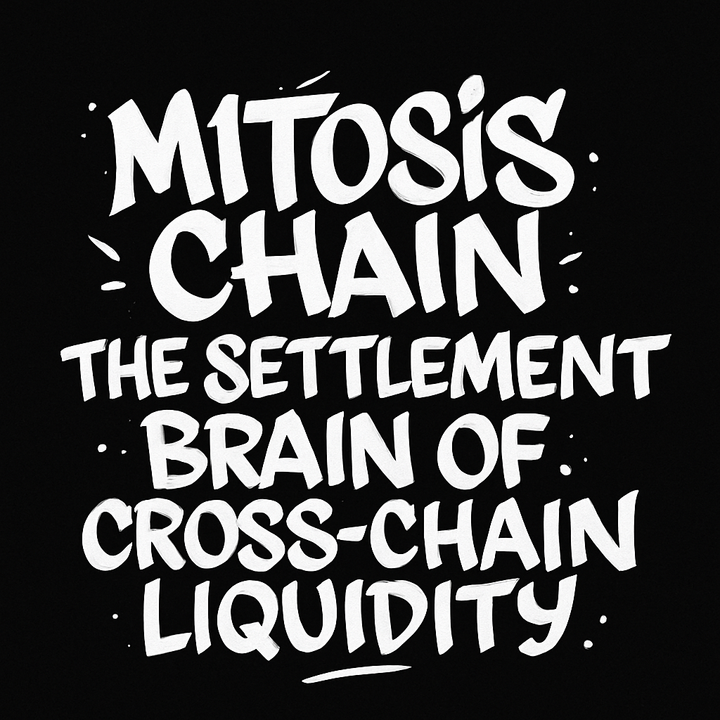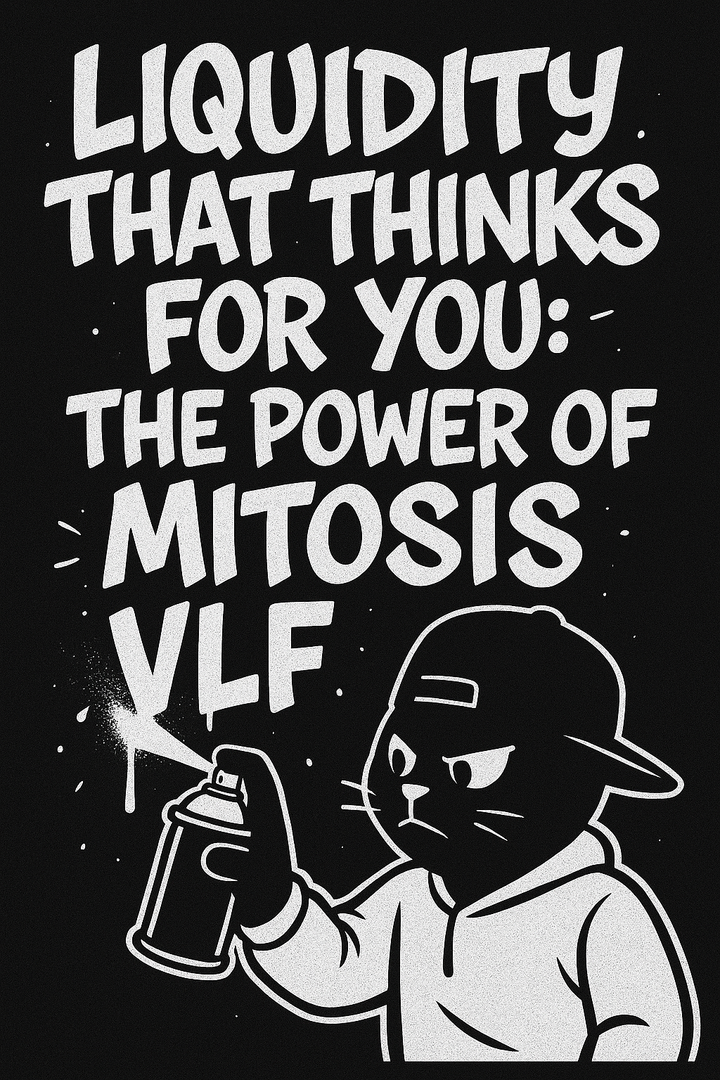The Future of Identity Verification in Web3: Decentralized Solutions and Privacy

The internet is evolving, and with it, the way we establish trust and verify identities online.
Introduction
Web3, the decentralized iteration of the internet built on blockchain technology, is redefining digital identity management by prioritizing user control, privacy, and security. Unlike Web2, where centralized platforms like Google and Facebook dominate identity management, Web3 empowers individuals to own their digital personas through decentralized solutions. This article explores how decentralization is reshaping identity verification, the technologies driving this transformation, and the applications fostering its adoption, all while addressing the critical role of privacy in this new digital paradigm.
The Evolution of Digital Identity
Web2: Centralized Control and Its Shortcomings

In the Web2 era, digital identity is largely managed by centralized entities social media platforms, banks, and government agencies. Users rely on usernames, passwords, or single sign-on (SSO) solutions like "Log in with Google" to access services. While convenient, this model has significant flaws. Centralized databases are prime targets for hackers, with over 4.1 billion records exposed in data breaches in 2021 alone. Users have little control over how their data is stored, shared, or monetized, often surrendering personal information to access basic services. The lack of transparency and frequent misuse of data by tech giants have eroded trust, sparking a demand for alternatives.
Web3: A Paradigm Shift Toward Decentralization
Web3 introduces a user-centric model where individuals control their digital identities without relying on intermediaries. Built on blockchain technology, Web3 leverages decentralized identifiers (DIDs), verifiable credentials (VCs), and cryptographic tools like zero-knowledge proofs (ZKPs) to create secure, private, and interoperable identity systems. This shift promises to address Web2’s vulnerabilities by distributing data across decentralized networks, eliminating single points of failure, and giving users sovereignty over their personal information.
Decentralized identity solutions align with Web3’s core principles: transparency, immutability, and user empowerment. By storing identity data on blockchains or user-controlled digital wallets, these systems reduce the risk of breaches and enable selective data sharing, ensuring privacy without compromising functionality.
Decentralized Identity: Core Technologies and Mechanisms
Decentralized Identifiers (DIDs)
DIDs are globally unique identifiers stored on a blockchain, enabling users to prove their identity without centralized authorities. Unlike traditional identifiers (e.g., email addresses), DIDs are not tied to a single provider and are cryptographically verifiable, ensuring authenticity and security. Users manage DIDs through digital wallets, which act as secure repositories for credentials and keys. DIDs enable seamless authentication across platforms, reducing the need for repetitive logins and enhancing user experience.
Verifiable Credentials (VCs)
VCs are digital, cryptographically signed documents that verify attributes like age, education, or financial status. Issued by trusted entities (e.g., universities, banks), VCs are stored in users’ wallets and can be shared selectively. For example, a user can prove they are over 18 without revealing their birthdate, preserving privacy while meeting verification requirements. VCs are interoperable, allowing credentials to be used across different platforms and services.
Zero-Knowledge Proofs (ZKPs)
ZKPs are a cornerstone of privacy in Web3 identity systems. They allow users to prove a statement (e.g., “I am over 21”) without disclosing additional information. This cryptographic technique ensures that sensitive data remains confidential while enabling trustless verification. ZKPs are increasingly integrated into decentralized applications (dApps), particularly in finance and compliance, where privacy and security are paramount.
Self-Sovereign Identity (SSI)
SSI is a model where individuals or organizations have full ownership and control over their digital identities. Unlike centralized systems, where platforms dictate data usage, SSI empowers users to decide what information to share and with whom. By combining DIDs, VCs, and ZKPs, SSI creates a framework for secure, user-controlled identity management that aligns with Web3’s decentralized ethos.
Smart Contracts
Smart contracts automate identity-related processes, such as issuing, verifying, or revoking credentials. These self-executing agreements, stored on blockchains, ensure transparency and immutability while reducing reliance on intermediaries. For instance, a smart contract can issue a VC to a user who meets specific criteria, streamlining processes like Know Your Customer (KYC) checks.
How Decentralization Solves Identity Verification Challenges

Enhanced Privacy
Traditional identity systems often require users to disclose excessive personal information, which is stored in vulnerable centralized databases. Decentralized solutions mitigate this by allowing selective disclosure. With ZKPs and SSI, users can share only the necessary data, such as proving eligibility for a service without revealing their full identity. This minimizes the risk of data exposure and aligns with privacy regulations like GDPR.
Improved Security
Centralized databases are single points of failure, susceptible to hacks and breaches. In contrast, decentralized systems distribute data across a network of nodes, making it harder for malicious actors to compromise. Blockchain’s immutability ensures that identity records cannot be altered without consensus, enhancing trust and security.
Interoperability
Web3 identity systems are designed to be interoperable, allowing credentials to be used across different platforms and services. Standardized protocols, such as those developed by the World Wide Web Consortium (W3C), ensure that DIDs and VCs are universally recognized, reducing fragmentation and improving user experience.
User Control and Autonomy
Decentralized identity empowers users to manage their data through digital wallets, eliminating reliance on third parties. Users can revoke access, update credentials, or share data on their terms, fostering autonomy and reducing the risk of unauthorized data monetization.
Efficiency and Cost Reduction
Traditional identity verification processes, like KYC, are often repetitive and costly for businesses and users. Decentralized systems enable reusable credentials, where a single verification can be shared across multiple platforms. This streamlines onboarding, reduces compliance costs, and enhances efficiency for organizations.
Applications Fostering Decentralized Identity in Web3
Several platforms and projects are pioneering decentralized identity solutions, demonstrating their practical applications across industries. Below are key examples:
Polygon ID
Polygon ID, developed by the Polygon network, is a decentralized identity solution that leverages ZKPs to enable privacy-preserving KYC processes. Financial institutions and DeFi platforms use Polygon ID to verify user identities without requiring excessive personal data. For example, users can prove creditworthiness or compliance without sharing sensitive documents, reducing fraud and streamlining operations. Polygon ID’s adoption in DeFi showcases the potential for scalable, privacy-first identity verification.
Togggle KYC
Togggle is revolutionizing KYC in the DeFi sector by integrating blockchain and AI to create secure, user-centric identity verification solutions. Its platform supports one-click KYC workflows, reusable credentials, and biometric authentication, ensuring compliance with regulations like GDPR and AML while prioritizing privacy. Togggle’s modular approach caters to diverse sectors, including finance, gaming, and healthcare, demonstrating the versatility of decentralized identity.
Dock Certs
Dock offers a no-code platform for issuing, managing, and verifying fraud-proof credentials. Its Web3 identity wallet allows users to create and control DIDs, enabling secure authentication across dApps. Dock’s solutions are used for age verification, proof of ownership, and other use cases, highlighting the broad applicability of decentralized identity.
Gitcoin Passport
Gitcoin Passport uses VCs to verify user achievements and credentials, such as GitHub contributions or event attendance (via POAPs). Integrated with platforms like Snapshot for decentralized governance, Gitcoin Passport enhances trust by allowing users to prove their identity or qualifications without revealing personal details. Its recent acquisition by Holonym underscores the growing demand for specialized identity solutions.
Humanity Protocol
Humanity Protocol combines palm scans and ZKPs to verify human identity in a decentralized manner. By focusing on privacy and avoiding traditional KYC invasiveness, it provides a user-friendly solution for Web3 authentication. Its collaboration with Animoca Brands and Polygon Labs highlights its role in building a human-centric identity layer for Web3.
idOS by NEAR Protocol
idOS, developed with NEAR Protocol, is a decentralized identity layer that enables risk-free onboarding for dApps. It allows users to manage their data securely while providing developers with tools to integrate identity verification seamlessly. idOS addresses fragmentation in Web3 identity solutions, offering a unified framework for user authentication.
Cidentia
Cidentia focuses on AI-driven identity verification with zero KYC, providing scam and Sybil attack protection. Its emphasis on privacy and character-based trust makes it a compelling solution for Web3 communities, where anonymity is common but trust is essential.
Real-World Use Cases
Decentralized Finance (DeFi)
In DeFi, secure identity verification is critical for compliance and fraud prevention. Decentralized identity solutions like Togggle KYC and Polygon ID enable users to verify their eligibility for financial services without disclosing sensitive information. For example, a user can prove they meet regulatory requirements for lending without sharing their full financial history, enhancing privacy and trust.
Governance and DAOs
Decentralized Autonomous Organizations (DAOs) rely on verified identities to ensure fair voting and participation. Gitcoin Passport and idOS enable users to prove membership or qualifications without compromising anonymity, fostering inclusive and secure governance.
Education and Credentialing
Universities and institutions can issue digital diplomas as VCs, verifiable through blockchain technology. This eliminates fraudulent credentials and simplifies verification for employers. Web3 identity solutions ensure that educational achievements are secure, portable, and universally recognized.
Content Verification
With the rise of deepfakes and misinformation, Web3 identity solutions offer a way to authenticate content. By linking posts or media to verified DIDs, platforms can ensure the authenticity of public statements, reducing the spread of false information.
Gaming and Entertainment
Web3 identity enables age verification and proof of ownership for gaming platforms and NFT marketplaces. Users can access restricted content or prove asset ownership without revealing personal details, enhancing both privacy and user experience.
Challenges and Future Outlook

Technical Complexity
Decentralized identity systems are complex, requiring user education and intuitive interfaces to drive adoption. Projects like Togggle and Dock are addressing this by offering user-friendly platforms and no-code solutions, but widespread acceptance remains a challenge.
Regulatory Hurdles
Compliance with KYC, AML, and data protection regulations (e.g., GDPR) is a significant obstacle. Decentralized systems must balance privacy with regulatory requirements, particularly in finance. Solutions like Togggle KYC demonstrate how cryptographic techniques can achieve compliance without compromising user autonomy.
Interoperability and Standards
The lack of universal standards for DIDs and VCs can lead to fragmentation. Organizations like the W3C and projects like idOS are working toward standardized protocols to ensure seamless integration across platforms.
Scalability
Blockchain-based identity systems face scalability challenges, particularly with computationally intensive technologies like ZKPs. Ongoing research and layer-2 solutions, such as those on Polygon, are addressing these limitations to enable broader adoption.
The Road Ahead
The future of identity verification in Web3 is bright, driven by advancements in ZKPs, SSI, and interoperable standards. By 2025, decentralized identity is expected to become a cornerstone of Web3, with applications in DeFi, governance, and beyond. Projects like Polygon ID, Togggle, and Humanity Protocol are paving the way for a privacy-first digital ecosystem. As regulatory frameworks evolve and user awareness grows, decentralized identity solutions will redefine trust and security online, empowering individuals to reclaim control over their digital selves.
Conclusion
Web3 is ushering in a new era of identity verification, where decentralization, privacy, and user control are paramount. By leveraging DIDs, VCs, ZKPs, and SSI, Web3 identity solutions address the shortcomings of centralized systems, offering enhanced security, interoperability, and efficiency. Applications like Polygon ID, Togggle KYC, and Gitcoin Passport are driving adoption across industries, from finance to education. While challenges like regulatory compliance and technical complexity remain, the momentum toward decentralized identity is undeniable. As Web3 continues to evolve, it promises a future where individuals own their digital identities, free from the constraints of centralized control, paving the way for a more secure and equitable internet.



Comments ()